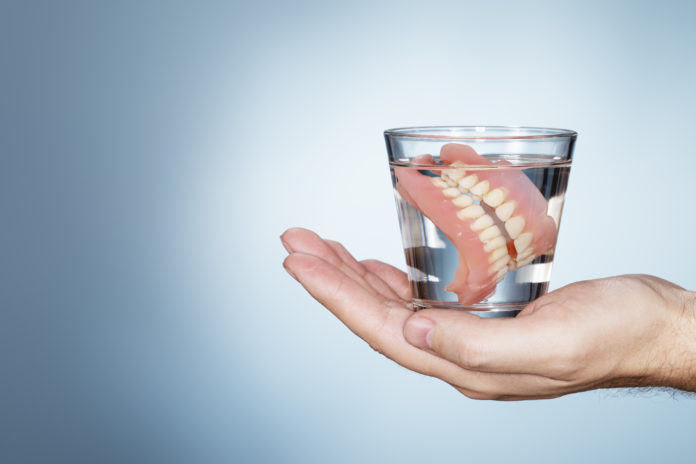By: Megan Ray Nichols
Teeth are important. You only get one set, and you need to take good care of them. If you don’t, you’ll have dental problems for the rest of your life. It sounds scary, but it’s the sad truth. Unfortunately, some people have problems with their teeth simply because of genes. If teeth are lost — either through poor hygiene or through heredity— the result is often dentures.
Recently, people were selected for a study comparing 3D dentures to standard metal dentures, the results were surprising.
In today’s day and age, 3D printing is becoming an integral part of society. While they remain expensive, 3D printers are gaining the ability to create beautiful things — such as works of art, industry components and even chocolate. It was only a matter of time before the dental world would collide with 3D printing.
The Study
A research trial let a group of people in their 60s try 3D printed dentures. Then, they were given conventional dentures to use. Over a period of 30 days, the participants had to alternate between the two pairs. After the entire study was complete, it turns out that the majority of the participants liked the 3D printed dentures.
Why did the 3D printed teeth win?
The Differences
To understand why the 3D printed dentures were preferred, you must look at the fundamental difference between the two types of technology used. The 3D printer’s laser helped create the dentures. Compare this to the metal dentures that are created using conventional means.
When you’re creating a set of dentures using a laser, it’s so much easier to fit it precisely the way the wearer needs it. The laser can use pinpoint accuracy. The traditional method doesn’t have that same type of precision. The old way also involves pouring a mold into the dentures. The laser accuracy helps fill in what the mold doesn’t.
Overall, the participants said they felt better when using the 3d printed dentures. They could speak easier and clean them better. The traditional mold that the original dentures used was simply too bulky when compared to the 3D printed models.
Production Details
The other amazing thing about the 3D printed dentures is the amount of time it takes to create them. Typically, for a traditional mold to be completed, it takes 96 minutes. This includes shaping the mouth and pouring the mold into it. With 3D printed dentures, on the other hand, it only takes an average of 65 minutes to complete. Not only that, but the step in which the dentures are measured is vastly reduced.
Using the typical method, the measurements of the stone model would take 20 minutes. With 3D printing, it takes less than one, which is a 19-minute difference. This reduces the time of completion from two days to one and a half. That means a lot more dentures can be completed in a year.
3D printing is here to stay. Many different industries utilize it in some way. Dentistry is extremely important and can benefit greatly from this technology. It’s only a matter of time before 3D printed dentures become more popular than the classic molded variety.
About the Author:
 Megan Nichols is the editor of Schooled by Science. She enjoys writing about the latest innovations in technology and science.
Megan Nichols is the editor of Schooled by Science. She enjoys writing about the latest innovations in technology and science.








